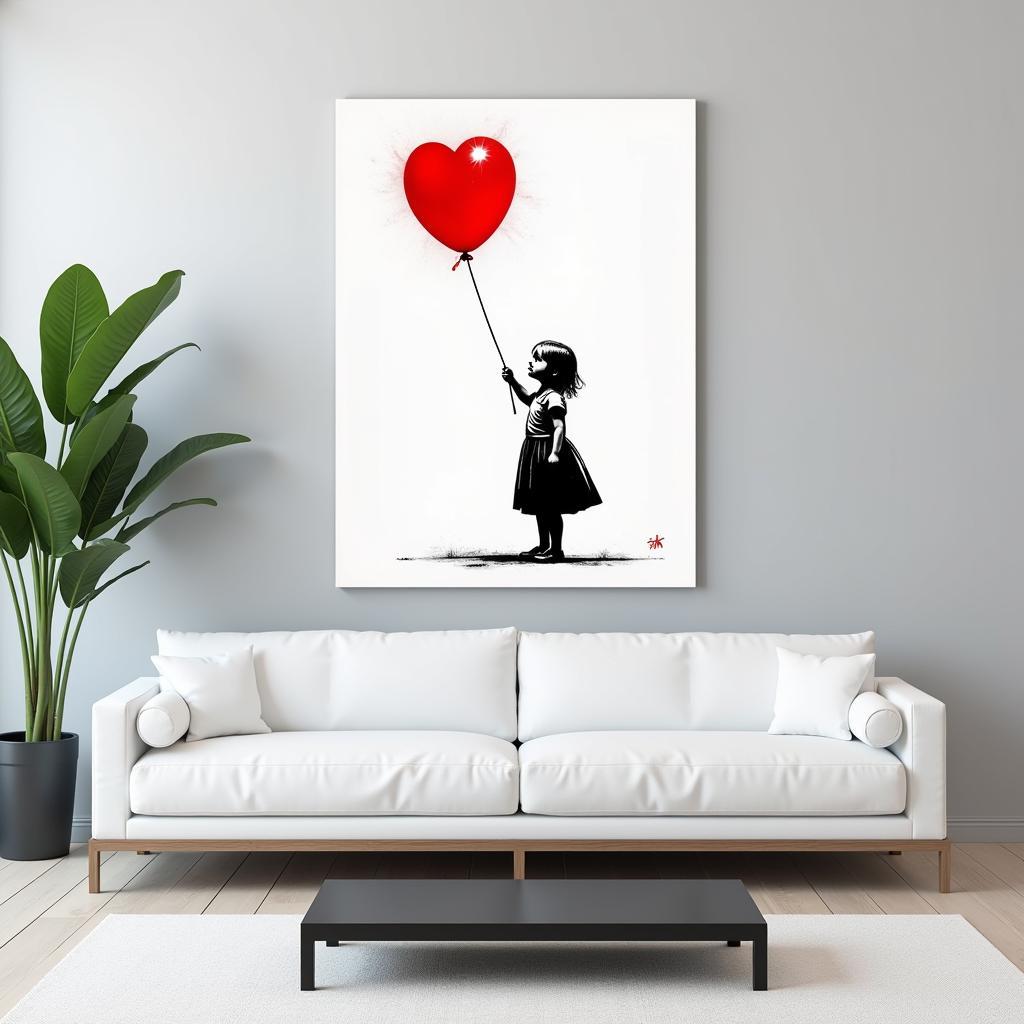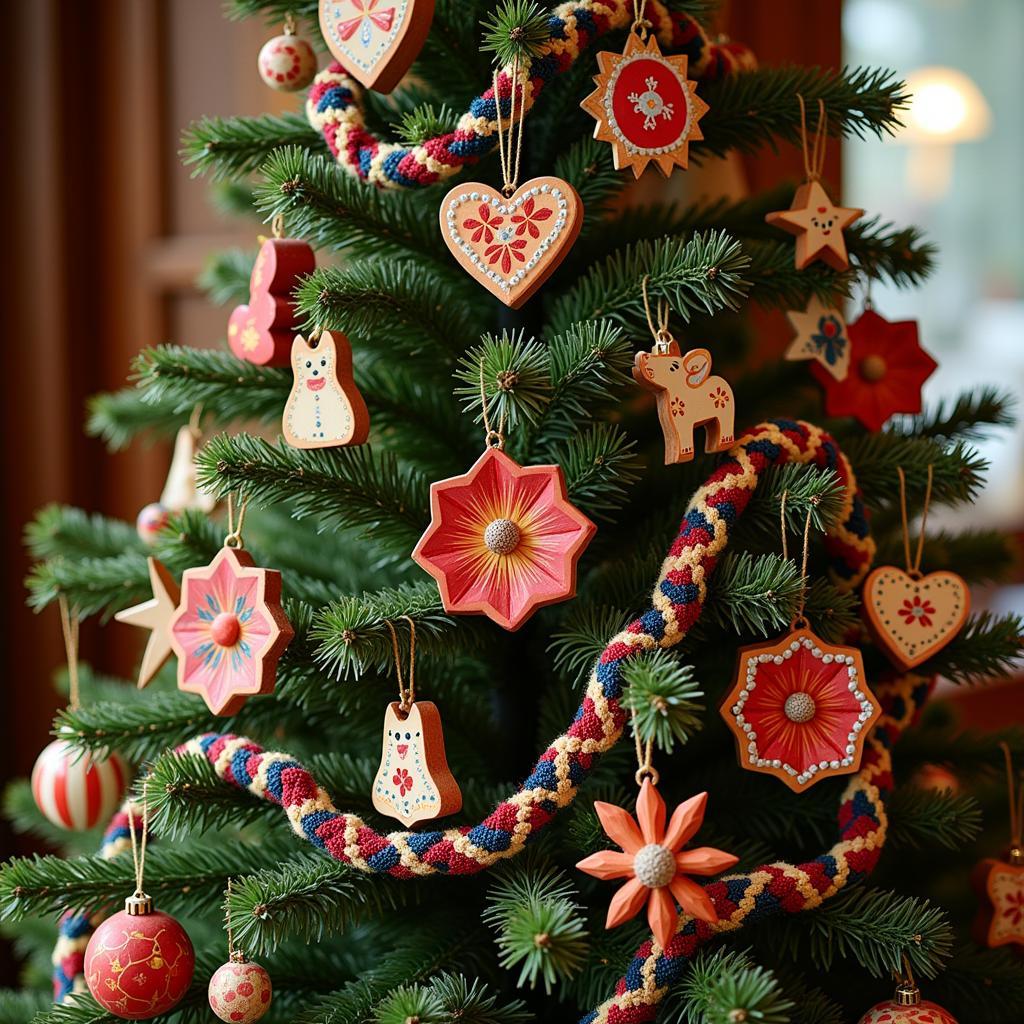Unlocking Creativity: A Guide to Junior High Art Curriculum
Navigating the world of Junior High Art Curriculum can be exciting! This is a pivotal time for young artists to explore their creativity, develop technical skills, and discover their own artistic voice. A well-rounded junior high art curriculum provides a solid foundation for future artistic endeavors, whether students choose to pursue art as a career or simply want to nurture their creative spirit.
Essential Elements of a Successful Junior High Art Curriculum
A comprehensive junior high art curriculum should encompass a variety of art forms, mediums, and techniques. This approach allows students to experiment, discover their strengths, and develop a versatile skillset.
Here are some key elements to consider:
-
Drawing: The foundation of artistic expression, drawing helps students understand line, shape, form, and perspective. Techniques like sketching, shading, and cross-hatching can be introduced and practiced.
-
Painting: Unleashing a world of color and texture, painting encourages students to explore different mediums such as watercolor, acrylic, and tempera. It fosters an understanding of color theory, blending, and brushwork.
-
Sculpture: This hands-on experience brings art into the third dimension. Students can experiment with a range of materials like clay, wire, and found objects to create both abstract and representational pieces.
-
Printmaking: This fascinating process allows for creating multiple copies of an artwork from a single original. Students can explore techniques like relief printing, screen printing, and mono-printing, learning about positive and negative space, and the power of repetition.
-
Mixed Media: Encouraging innovation and breaking traditional boundaries, mixed media art allows students to combine different materials and techniques in a single piece. This approach fosters creativity and problem-solving skills.
Integrating Art History and Appreciation
Exposing junior high students to art history is essential for building a deeper understanding and appreciation for art. Incorporating art history into the curriculum can be done through:
- Timeline Exploration: Creating visual timelines that highlight major art movements and artists throughout history.
- Artist Presentations: Assigning students to research and present on different artists, their lives, and their contributions to art history.
- Museum Visits: Organizing trips to local museums or art galleries to expose students to original works of art.
- Comparative Analysis: Encouraging students to analyze and compare artworks from different periods, cultures, and styles.
Benefits of a Strong Junior High Art Curriculum
The benefits of a well-rounded junior high art curriculum extend far beyond the art classroom. Art education:
-
Boosts Creativity and Problem-Solving Skills: Art encourages thinking outside the box, experimenting with different approaches, and finding innovative solutions.
-
Develops Fine Motor Skills and Hand-Eye Coordination: Working with various art materials and tools strengthens fine motor skills, which are crucial for a range of activities.
-
Enhances Observation and Critical Thinking: Art teaches students to pay close attention to detail, analyze visual information, and form their own interpretations.
-
Builds Confidence and Self-Expression: Art provides a unique outlet for students to express themselves, share their ideas, and develop their own personal style.
-
Fosters Collaboration and Communication: Group projects in art class teach students to work together, share ideas, and communicate effectively.
Conclusion
A thoughtfully designed junior high art curriculum is an investment in a student’s creative future. It equips them with essential skills, nurtures their imagination, and opens their minds to the power of artistic expression. By providing a supportive and engaging learning environment, educators can inspire a lifelong love of art in their students.


